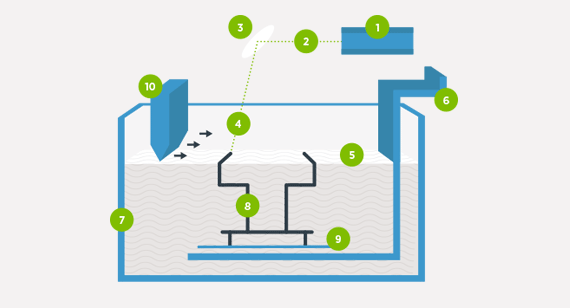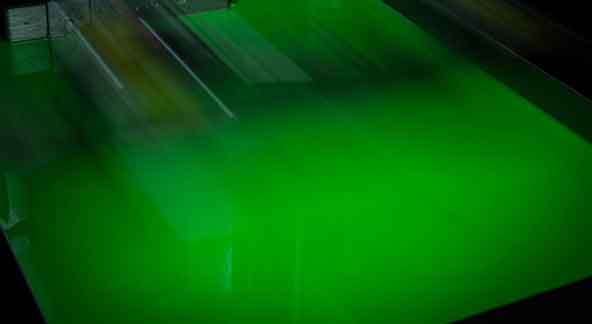Stereolithography (SLA)
Stereolithography (SLA) is an industrial 3D printing process used to create concept models, cosmetic prototypes, and complex parts with intricate geometries in as fast as 1 day. A wide selection of materials, extremely high feature resolutions, and quality surface finishes are possible with SLA.
How Does SLA 3D Printing Work?
The SLA machine begins drawing the layers of the support structures, followed by the part itself, with an ultraviolet laser aimed onto the surface of a liquid thermoset resin. After a layer is imaged on the resin surface, the build platform shifts down and a recoating bar moves across the platform to apply the next layer of resin. The process is repeated layer by layer until the build is complete.
Newly built parts are taken out of machine and into a lab where solvents are used to remove any additional resins. When the parts are completely clean, the support structures are manually removed. From there, parts undergo a UV-curing cycle to fully solidify the outer surface of the part. The final step in the SLA process is the application of any custom or customer-specified finishing. Parts built in SLA should be used with minimal UV and humidity exposure so they don’t degrade.

- Shipped in as fast as 1 day
- Instant quotes for SLA parts
- high accuracy and features as small as 0.002 in.
- good surface quality for cosmetic prototypes
- form and fit testing
Watch: Why Use SLA?
Stereolithography is an additive manufacturing process that can 3D print parts with small features, tight tolerance requirements, and smooth surface finishes.
Material Options with SLA
Our thermoplastic-like SLA materials include grades of ABS, polycarbonate and polypropylene, along with a durable nickel-coating option.
SLA Design Guidelines
Resources
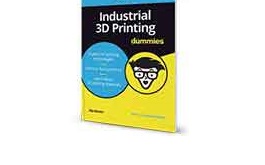
Industrial 3D Printing for Dummies
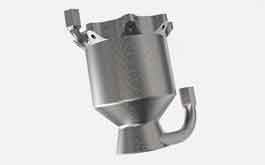
What is Additive Manufacturing
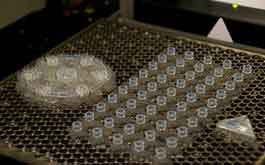
An Introduction to Stereolithography (SLA) 3D Printing
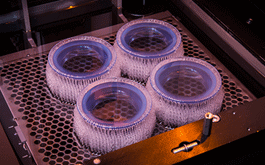
Selecting a Material for Stereolithography (SLA) 3D Printing

